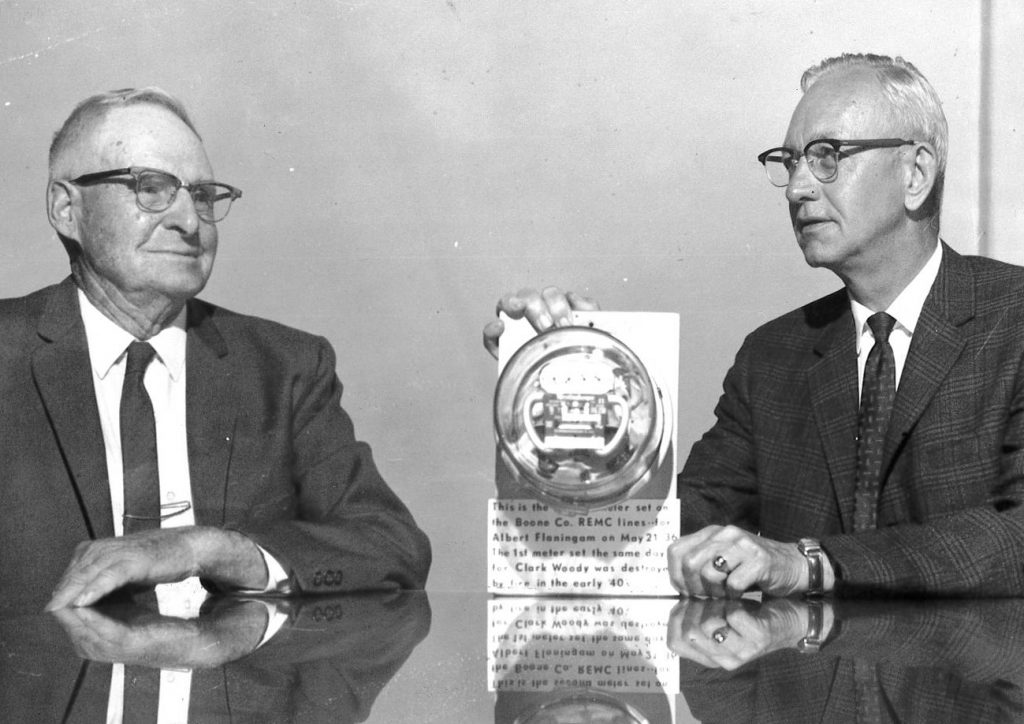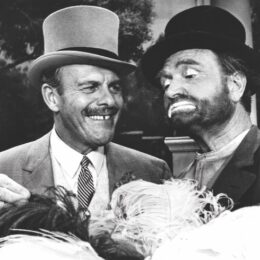
The name Clark Woody may not mean anything for those living beyond Boone County’s borders. But in the 1930s, Woody played a significant role in ensuring you, as a customer of an electric cooperative, have access to the power you rely on in every facet of your life.
Woody, a former school teacher who battled ulcers before deciding to settle down to a tranquil life on a 120-acre farm in rural Thorntown, Indiana, was one of the rural men and women of the era who worked tirelessly to bring electricity to the countryside by creating rural electric cooperatives. But unlike his fellow power pioneers, Woody acquired a singular claim to fame. His farm was the first in Indiana — and one of the first in the nation — to be electrified through Rural Electrification Administration lines. It all happened on May 22, 1936.
“There were men everywhere — in all the rooms and closets, turning on all the lights and switches to make sure they worked; they weren’t really sure it would work,” Woody’s wife, Lois, recalled in an interview years later. Electricity, you see, was still an enigma in rural America — a miracle which eliminated the dim light of the kerosene lamp, the scorching heat of the woodstove-heated heavy “sad iron,” and the well-worn washboard. All would be replaced by electricity’s modern conveniences, which were initially known only by urban residents.
“None of us little fellas out here in the country realized what was goin’ to happen when this rural electricity thing started,” Woody once said. He was one of the 15 incorporators of Boone County REMC (now Boone REMC), headquartered in Lebanon, Indiana. Resolute about ensuring life in the country could be as tranquil as he initially envisioned it was, he acquired allies in his mission
and went to work. “…Some fellas around here were really thinkin’ hard about getting’ electricity, so I just kind of egged them on,” Woody said. “Four or five of us went to Washington, D.C. Went down to the REA office and talked with the administrator.”
Soon after that, on June 18, 1935, a group of farmers met “in a little courtroom” to discuss bringing rural electrification to Boone County. A set of bylaws was adopted and a board of directors was chosen. Woody was elected secretary-treasurer. The REMC’s first power line — the first in Indiana to be built with an REA loan — was built to Woody’s farm on July 22, 1935.
Getting people to agree to initial electric service was no easy task, Woody recalled about the long hours canvassing the farms and rural homes, asking folks to agree to pay to have power lines constructed to their residences. “At that time, many people were afraid to sign up because they thought that they’d lose their farms to the government if this electricity thing failed; and there was a lack of money, too,” Woody explained. After all, this was the heart of the Great Depression. “When that first 60 miles of line got electricity in 1936, the country went crazy — everybody wanted electricity then.”
Woody passed away on July 5, 1973, a little over a month shy of his 91st birthday. A historical marker at a rest stop on I-65 in Boone County commemorates Woody’s role the state’s electrification history.



